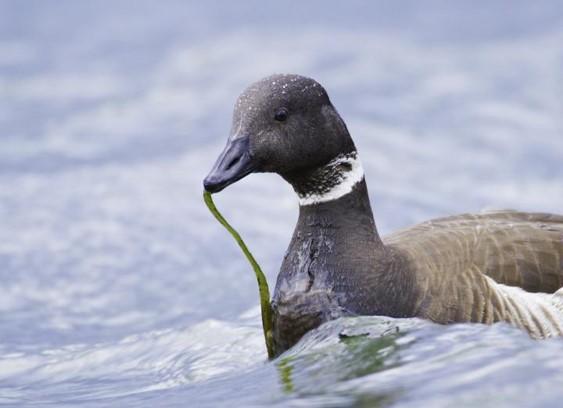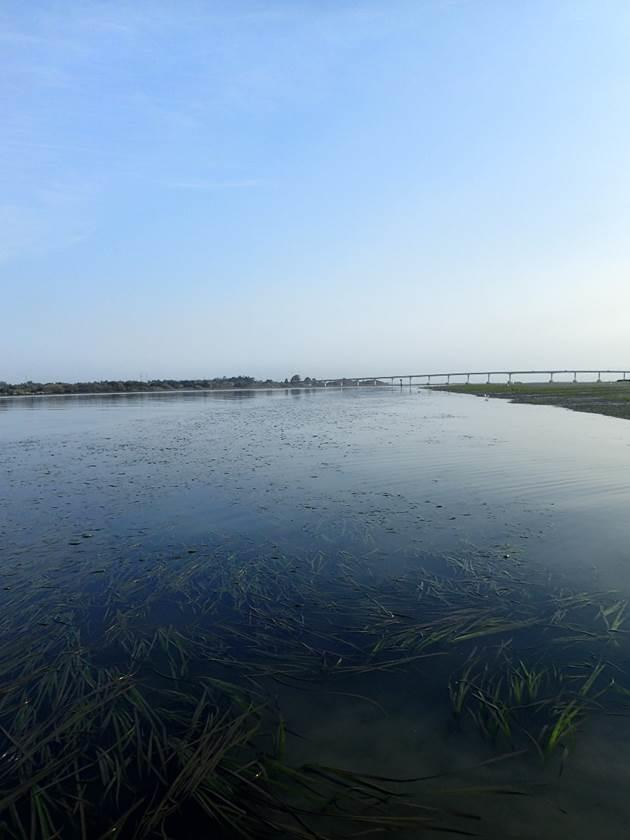
“We knew Humboldt Bay was important,” said Andrea Jones, the director of bird conservation for Audubon California. “But we didn’t know how important it was until we started researching it.”
Humboldt Bay borders Eureka and remains one of the most essential stopovers for migrating birds between Mexico and British Columbia. Marine Program Director Anna Weinstein’s research found that during spring migration, 82 percent of Dunlins, up to 60 percent of Black Brant, 51 percent of Marbled Godwits, 41 percent of Least Sandpipers, 23 percent of Western Sandpipers, and 3.5 percent of Long-billed Curlews all end up in this northwest California bay.
And lest you think these are exaggerated numbers, it sounds like seeing is believing.
“I went last spring and saw for myself these absolutely gigantic flocks of shorebirds, probably the biggest I’ve ever seen,” Jones said.
What brings the birds there? Humboldt Bay, especially the north bay (sometimes referred to as Arcata Bay), is home two very important habitats: intertidal mudflats and eelgrass beds.
Mudflats fill and drain every day with the tide, creating a rich, biodiverse area that many shorebirds have specially adapted to for feeding. The Western Sandpiper and Dunlin in particular rely strongly on this ecosystem in Humboldt Bay.
Eelgrass beds are also crucial to many species of birds, especially the Black Brant, which feeds exclusively on the grass. Pacific Herring lay their eggs there, creating another important food source for birds in both the roe and the fish. Humboldt is home to about half of the eelgrass left in California, so any damage done to these beds could be devastating to the Black Brant.
Unfortunately, there is a pending threat to both of these types of habitats, as the Humboldt Harbor, Recreation and Conservation District seeks to expand oyster farming in the area. Many shorebirds would avoid added aquacultures because of the human disturbance that comes with them. The expansion could also harm eelgrass beds, which are very particular about where they grow.
With 46 separate species of shorebird, Humboldt Bay is the most diverse area for shorebirds on the west coast. We at Audubon California continue our efforts to protect this state and global Important Bird Area.
“Humboldt Bay is a key link in the migratory chain for shorebirds,” Weinstein said. “The system can only function successfully if each link remains strong and the chain unbroken.”

By Elise Chen
A New Colony of Caspian Tern Decoys on Aramburu Island
Richardson Bay Audubon Center is attacting breeding pairs of Caspian Terns with these newly painted tern decoys—a strategy successfully used by previous tern relocation efforts.




